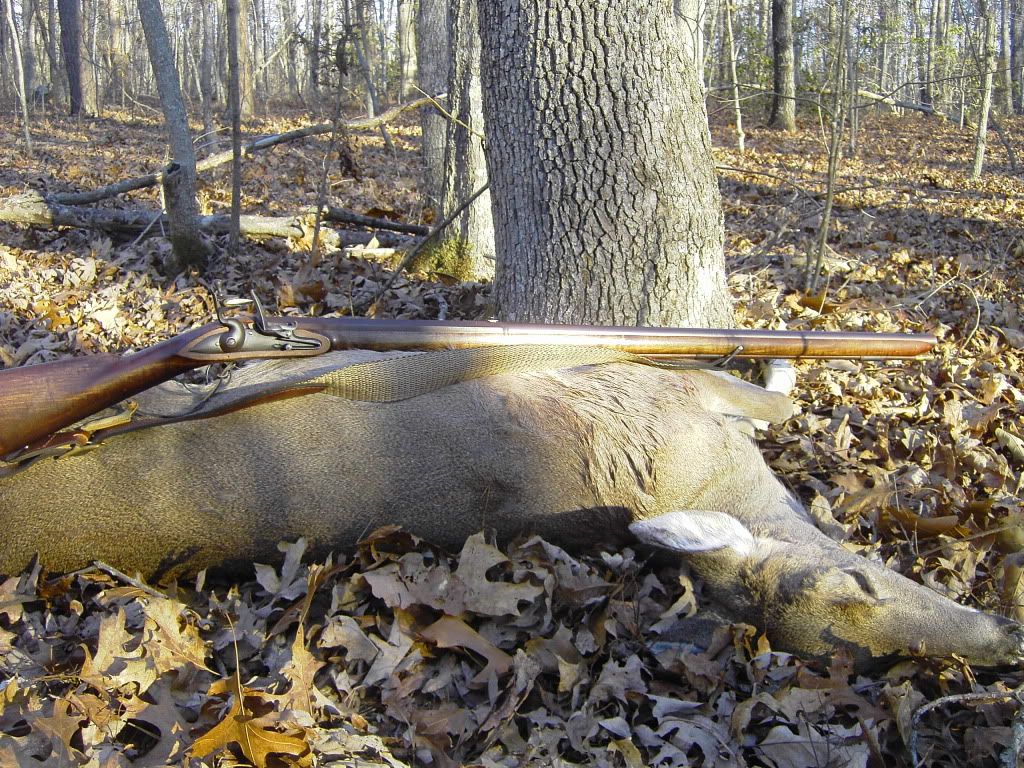I have read posts of a couple people recently purchasing a MUSKET or as some called them a smooth bore rifle. But in actuality, they have no rifling. These would include such weapons as say a Brown Bess, or the French 1766 Charleville Infantry Musket, some of the Enfields, and Springfield Muskets also.
I too used to own a .62 caliber smooth bore rifle or 20 gauge if you will. And for years, I tried every load in the book to get that rifle to shoot. But never really exceeded to what I felt was worth hunting deer with a ball in it. BUT it was a fun little small game shot gun.
My question is... lets say a paper dinner plate is the target. At what distance can you consecutively place a ball or Minne into that paper dinner plate. Even off a rest position. The reason I ask is,.. I have read some accounts from posters of some shot distances that seemed amazing. But when they would talk of accuracy they never said what kind of group they were getting. Now in my experience with my smooth bore, at 44 steps one afternoon I put five out of five hits in a dinner plate off a rest. And actually it was a good respectable group. And closer then my 44 steps which would have been around 38 yards I am now thinking... a dinner plate was very easy to hit. I always considered the smooth bore a very short range, but effective weapon.
I would like to hear from the real shooters. Now I know the musket was never meant to shoot eyes out of squirrels. Many were a war weapon meant to shoot countless rounds of projectiles down range into the advancing line of enemy soldiers. But just how accurate are the true musket shooters?
I too used to own a .62 caliber smooth bore rifle or 20 gauge if you will. And for years, I tried every load in the book to get that rifle to shoot. But never really exceeded to what I felt was worth hunting deer with a ball in it. BUT it was a fun little small game shot gun.
My question is... lets say a paper dinner plate is the target. At what distance can you consecutively place a ball or Minne into that paper dinner plate. Even off a rest position. The reason I ask is,.. I have read some accounts from posters of some shot distances that seemed amazing. But when they would talk of accuracy they never said what kind of group they were getting. Now in my experience with my smooth bore, at 44 steps one afternoon I put five out of five hits in a dinner plate off a rest. And actually it was a good respectable group. And closer then my 44 steps which would have been around 38 yards I am now thinking... a dinner plate was very easy to hit. I always considered the smooth bore a very short range, but effective weapon.
I would like to hear from the real shooters. Now I know the musket was never meant to shoot eyes out of squirrels. Many were a war weapon meant to shoot countless rounds of projectiles down range into the advancing line of enemy soldiers. But just how accurate are the true musket shooters?









